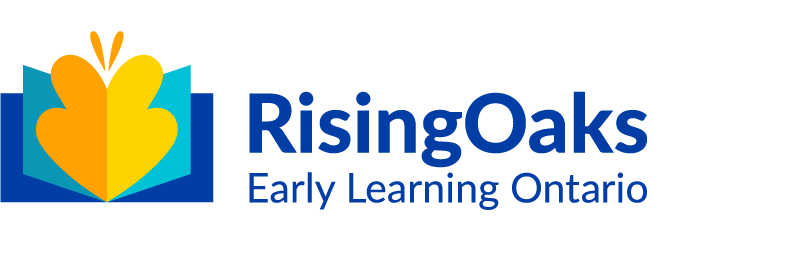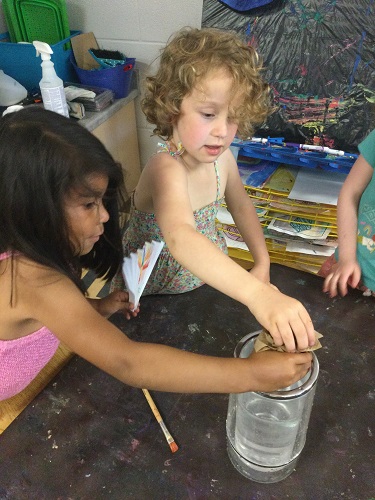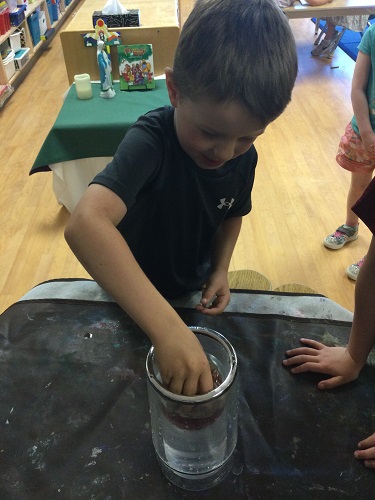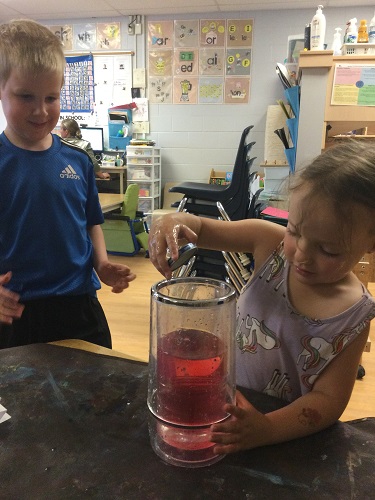This month at RisingOaks Early Learning | Saint John Paul II, School-age 1 engaged in a fun and educational science activity that involved demonstrating the concept of temperature and density differences with a volcano-like effect. The educator filled a large jar with cold water and a smaller container with hot water, to which she added food coloring. She covered the hot water container with a paper towel. Children put the hot water container in the cold and used scissors to cut the paper inside it. When the hot, coloured water was poured into the cold water, the vibrant colours swirled and mixed, resembling an underwater volcano. Eli exclaimed, "How does this happen?" while Kobe wanted to check the temperature of the water. Sam observed, "It looks like real lava," and Aeddan noted, "Real lava is darker." This activity fostered scientific inquiry as the children observed and asked questions about the mixing of hot and cold water. The educator explained that when we put the hot, coloured water into the cold water, it creates a beautiful effect because hot water is less dense than cold water. That means the hot water rises and mixes with the cold water, causing the colours to move and swirl. They learned about temperature and density in a hands-on, visually stimulating way. The activity also encouraged fine motor skills as they carefully handled and poured the water. It promoted collaboration and communication as the children discussed their observations and hypotheses with each other and the educator. This hands-on experiment provided a rich, multifaceted learning experience that nurtured the children's cognitive, social, and physical development, all while making learning fun and engaging.
- Our Story
- Our Programs
- Program Info
- Forms & Policies
- Locations

Location Finder
With our location finder you can search by postal code and filter by area, age, type, school board and more.
- Location Finder
Icons indicate:
Icons indicate:

Community Locations 
Waterloo Catholic DSB Locations 
Waterloo Regional DSB Locations - .
- Good to Know
- How We’re Governed
